Freight density formula
Handling Unit Weight Total Weight by Handling Units Total Weight Totals by Handling Unit 1 Length ina Width ina Height ina Weight lbb of Unitsa Cubic Feet. Volume 48 40 28 1728 53760 in³ 1728.
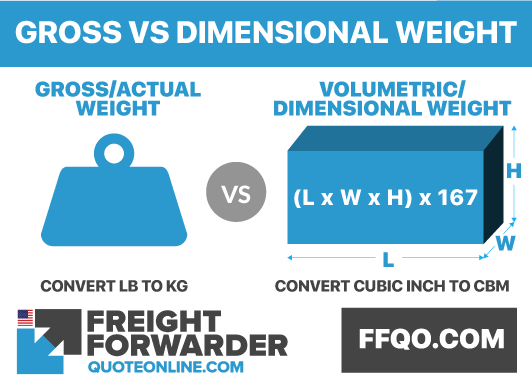
Air Freight Chargeable Weight How To Calculate It Correctly
Items that are more difficult to store will be given a higher freight.
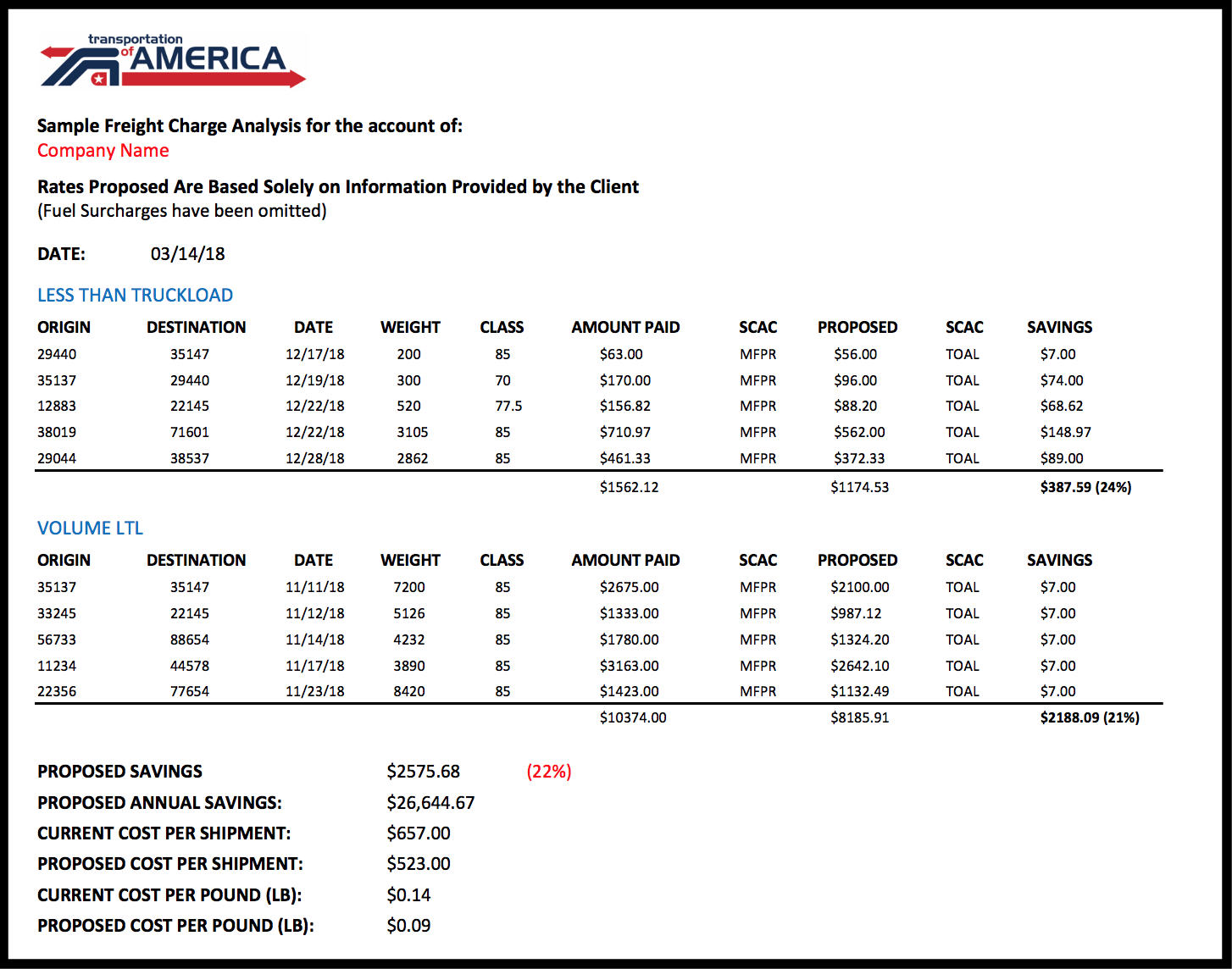
. Freight density is based on the dimensions of the item. Density is a relationship between how much room an item takes up and its weight. It multiplies 3 dimensions of your shipment to get total cubic inches.
Enter the dimensions and weight for each part of your cargo. Calculating the density proportion and other freight parameters is uncomplicated operating our freight calculator. Freight density is based on the shipments overall dimensions and weight.
For instance lets say we have a shipment with dimensions of 48 x 40 x 28 and a weight of 200 pounds. Length Width Height 1728 Cubic Feet CU FT Weight PoundsCU FT Density in pounds per. The formula for freight density is.
It divides total cubic inches by 1728 to. What Does Freight Class Mean. Freight density is calculated by finding the loads cubic feet and then dividing the weight of the load by its cubic foot.
How do you calculate Freight Density Manually. Length 48 Width 40 Height 28 22 plus 6 of pallet equals 53760 cubic inches Length X Width X Height or 311 cubic feet Length X Width X Height1728. Density Weight Volume.
Here is the standard. Freight density can range from 50 to 1. The formula to determine the density of an item is.
WEIGHT ----------------------------------------------- LENGTH WIDTH HEIGHT1728 If there are multiple pieces in one shipment total the weight of the pieces and. The formula for density looks like this. LxWxH 1728 Cubic Feet CU FT Weight PoundsCU FT Density PCF Measure the shipments dimensions.
A shipment with a lower density typically has a higher freight classification. If the shipment is palletized use the dimensions of the pallet the combined height of the. Length Width Height cubic inch 1728 cubic.
Divide 600 pounds by 37 cubic feet 162 pounds per cubic feet ie the shipment density. The result is the total cubic inches or feet of the shipment. If you have multiple pieces multiply the height x width x depth for each.
Length x Width x Height Volume Weight Density There are 1728 cubic inches in one cubic foot For a length of 48 a width of 40 and a height of 28 20 plus 8 of pallet equals 53760. When it comes to freight class its a standardized. You can calculate it through this formula.
The space the items take up in the trailer and their weight factor into the density calculation. Multiply the three measurements height x width x depth. Use our Density Freight-Class Calculator to determine the Pounds per Cubic Foot and the freight class.
You dont need to know how density formula works but here is what it does for you.
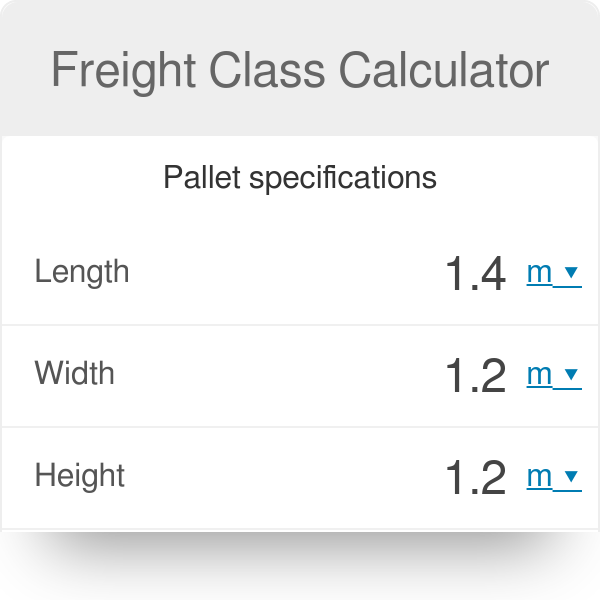
Freight Class Calculator

Bill Manager Spreadsheet Budget Spreadsheet Excel Budget Spreadsheet Spreadsheet Template
How To Calculate Freight Density For Shipping Partnership

Freight Class Ltl Freight Class
How To Calculate Freight Density For Shipping Partnership
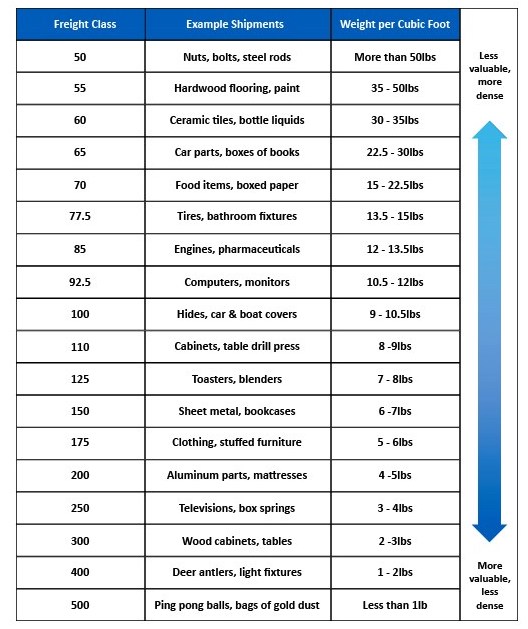
Freight Class Lookup Tool Freightcenter
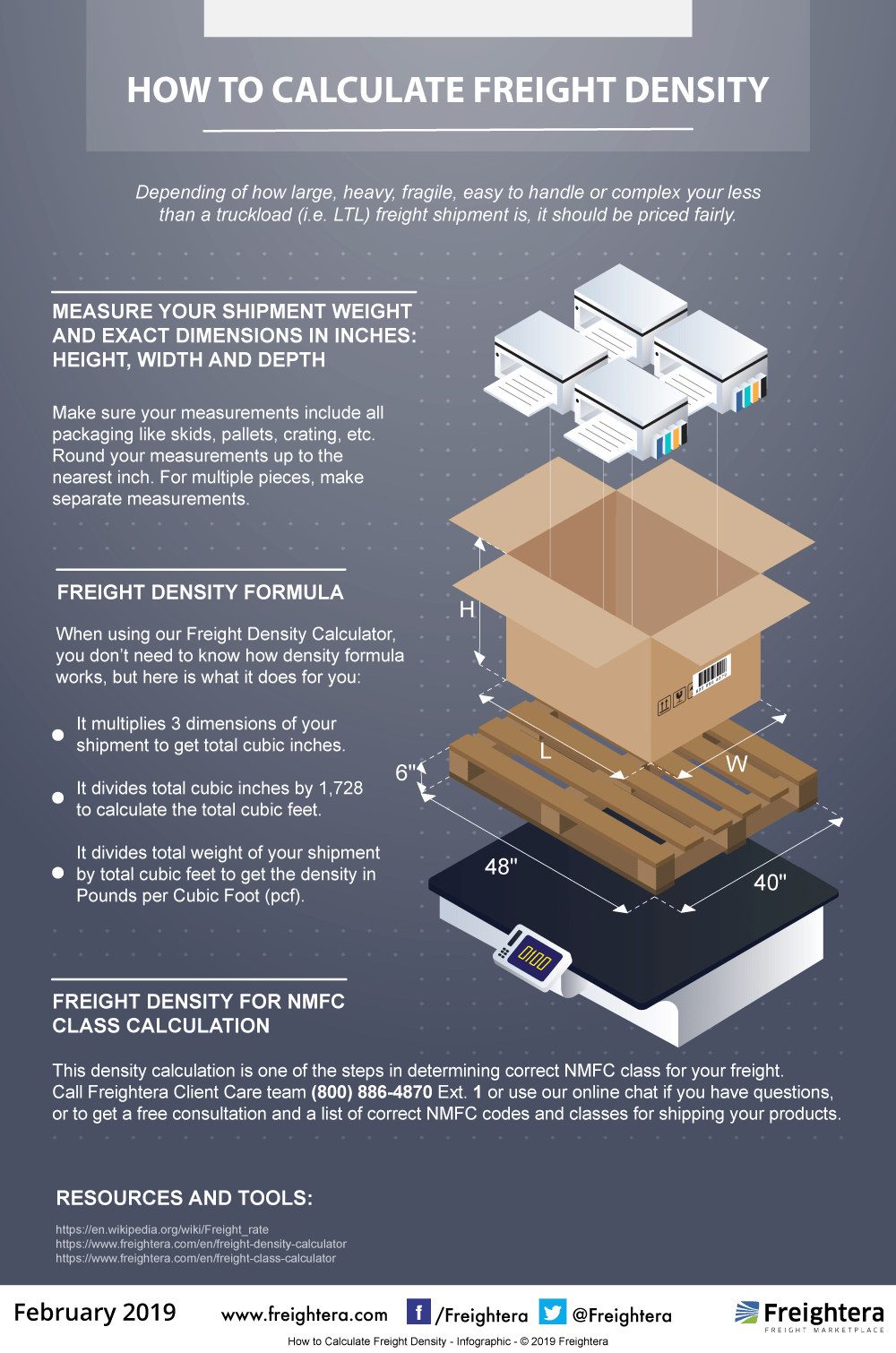
How To Calculate Freight Density Infographic Freightera Blog

Freight Class Calculator Find Freight Density Shipping Cost

Freight Class Density Calculators Easy Logistics Management
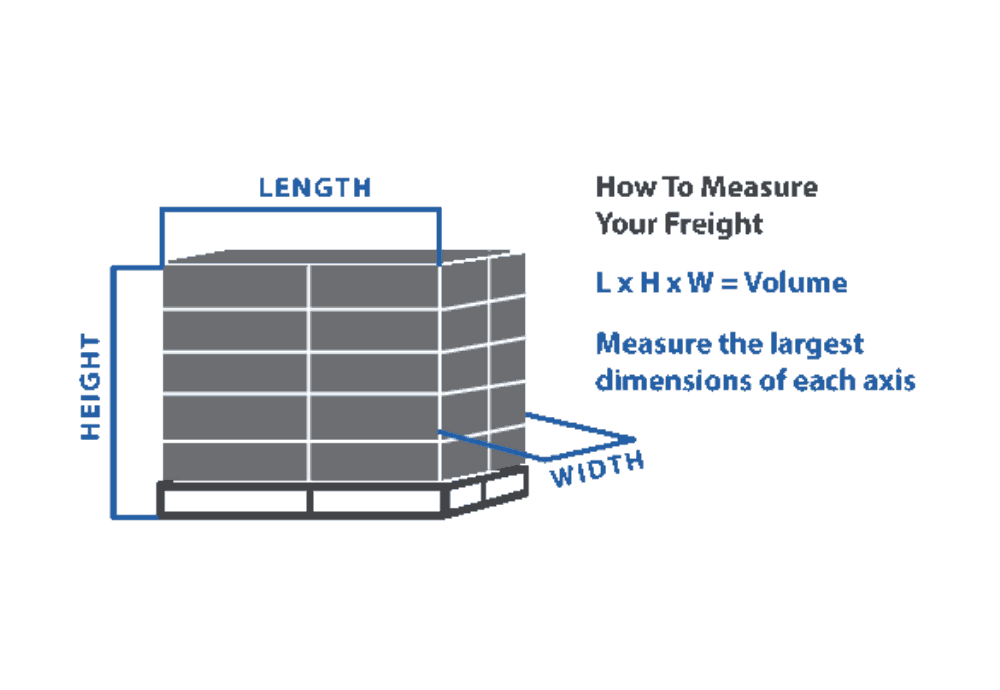
Freight Class Calculator 100 Free Calculators Io
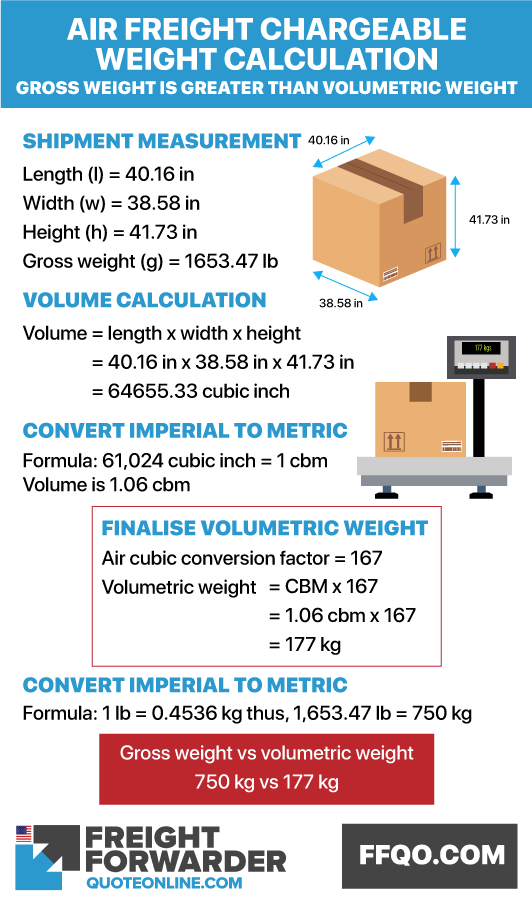
Air Freight Chargeable Weight How To Calculate It Correctly

0fvtkvpvfs26em
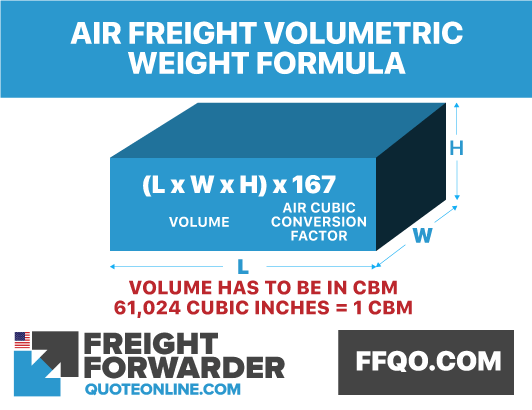
Air Freight Chargeable Weight How To Calculate It Correctly
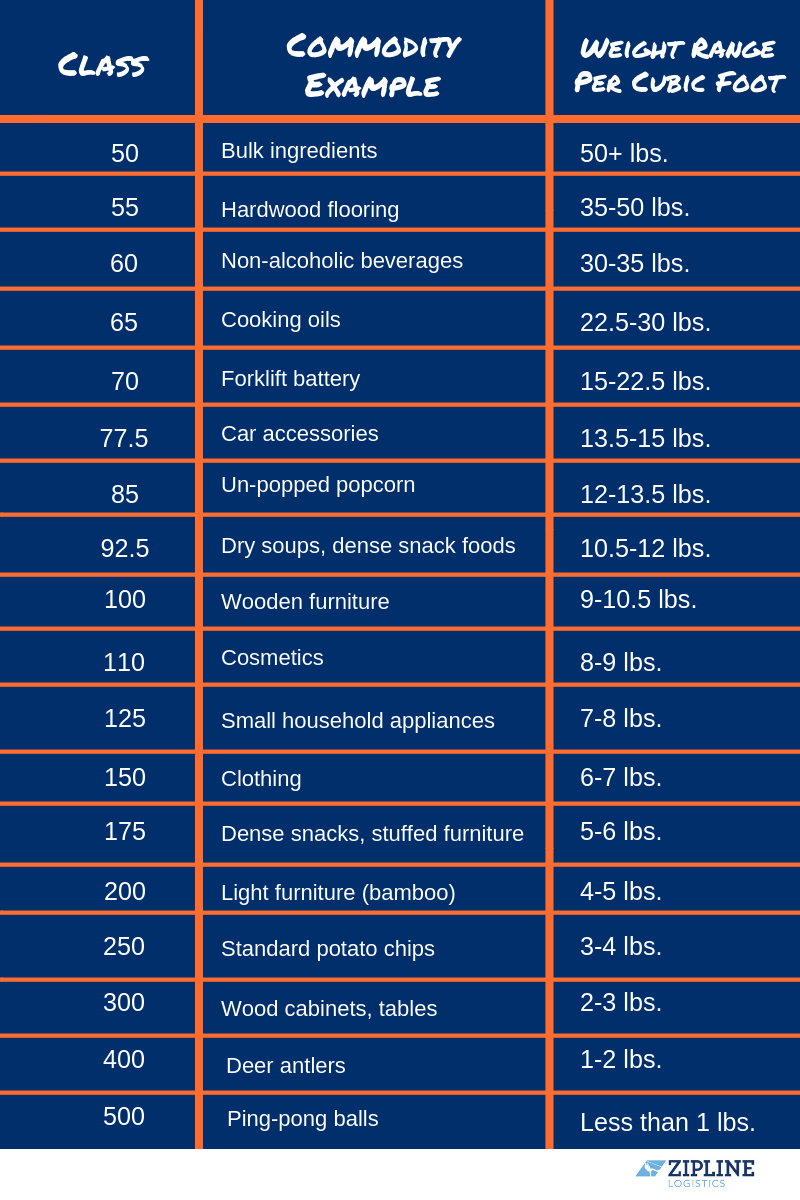
Ltl Freight Classes Faq And Freight Class Codes Chart And Ltl Class Chart Zipline Logistics
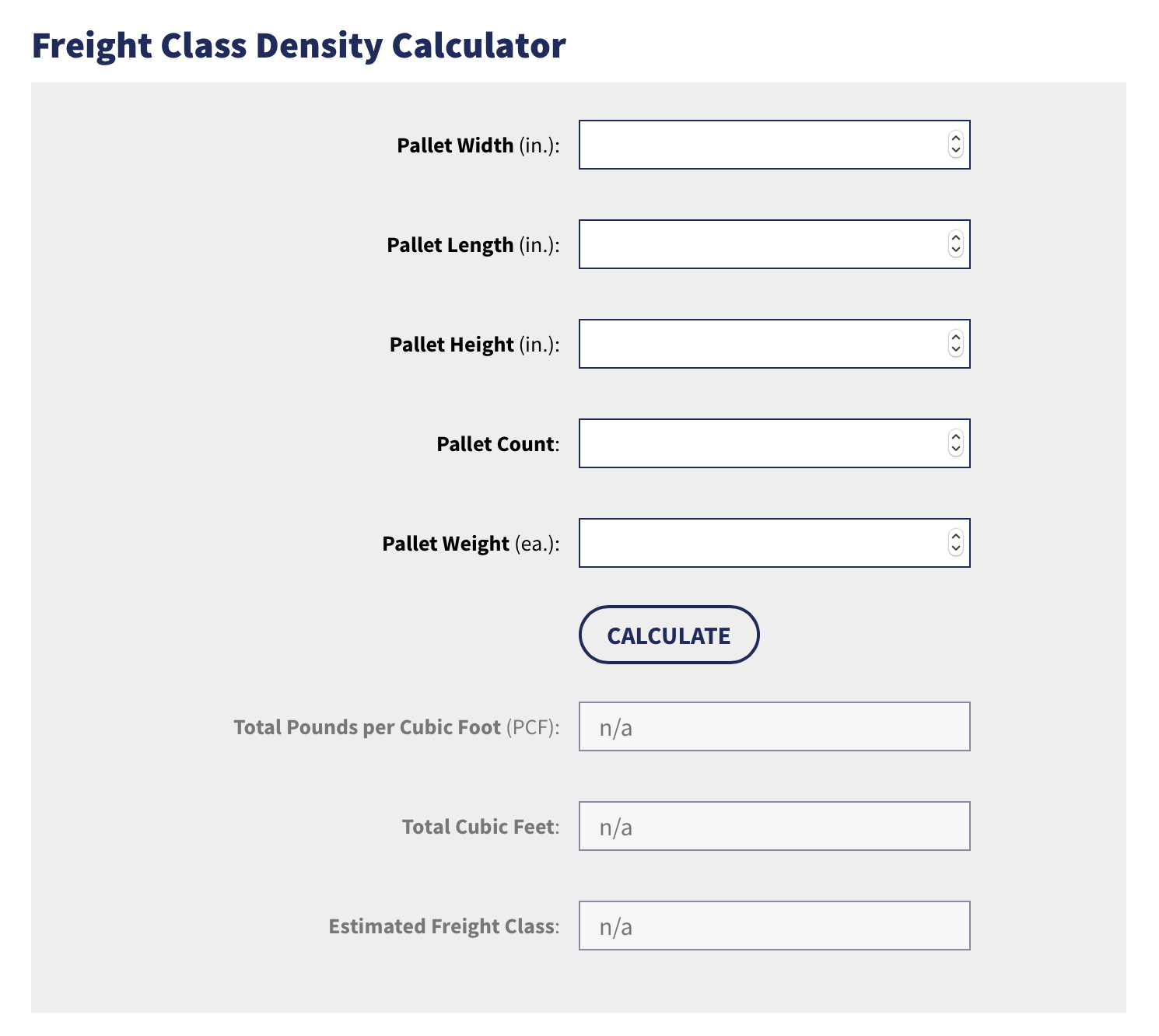
Ltl Freight Classes Faq And Freight Class Codes Chart And Ltl Class Chart Zipline Logistics
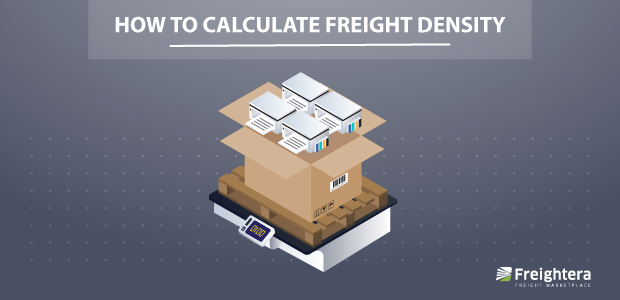
How To Calculate Freight Density Infographic Freightera Blog

How To Calculate Freight Class In 4 Simple Steps Freightsnap